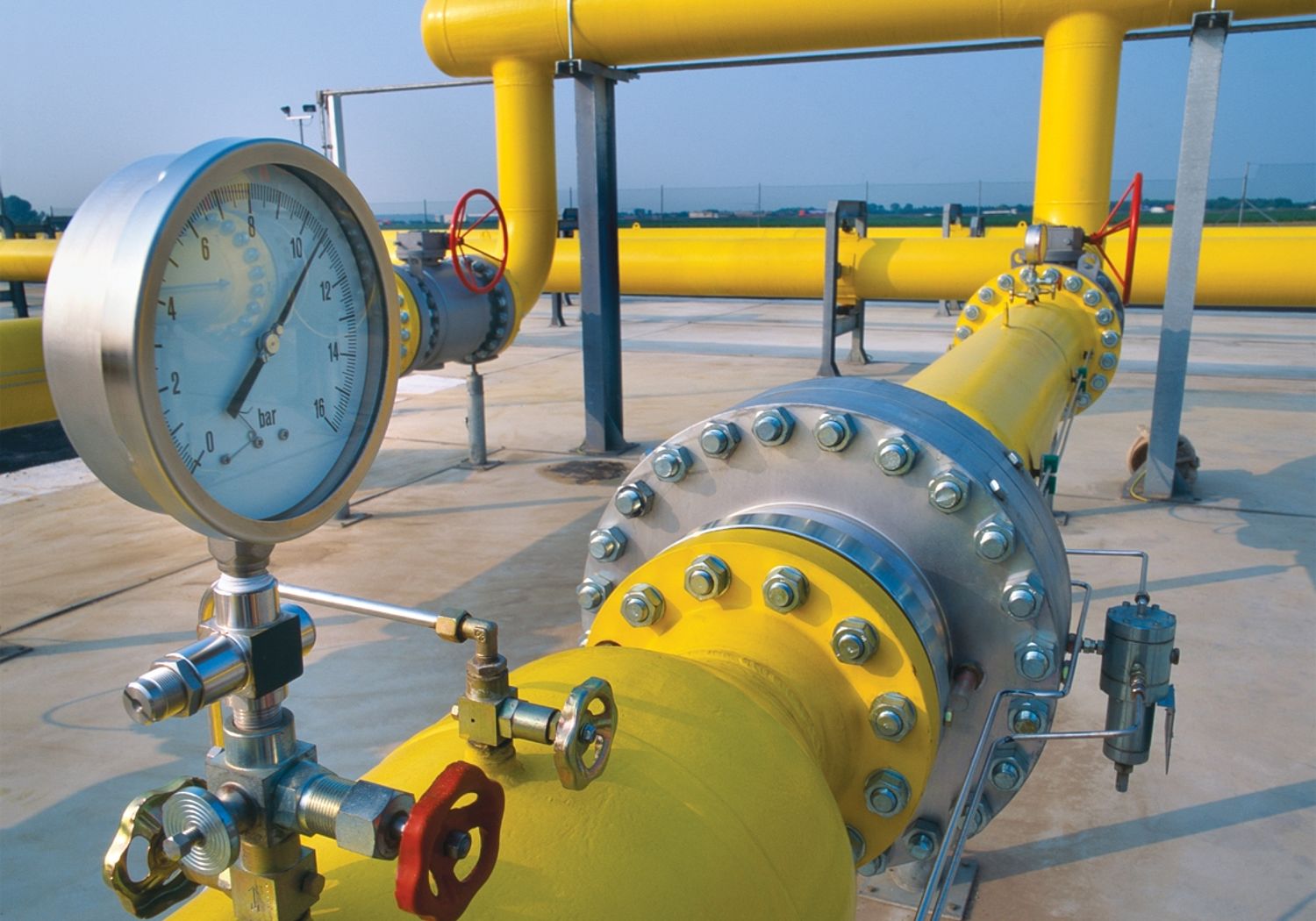Field trial of traceable online measurements of siloxanes in landfill gases
Expanding Europe’s biogas industry through innovative online measurements

Reducing Europe’s reliance on imported fossil fuels requires an increase in the amount of energy generated from renewable sources. Organic material from sewage wastewater, agricultural waste or landfill sites can be used to generate biogas, capable of use as a transport fuel or burnt to generate electricity. However raw biogas contains impurities such as siloxanes which during combustion can form silicate deposits on gas power plant equipment, causing irreversible damage. Biogas producers are therefore required to remove siloxanes with contaminant-absorbing charcoal beds after which samples are sent offsite for analysis. Not only are sampling regimes expensive and time consuming but siloxanes can adhere to the walls of sample containers, leading to variable measurement results, even between material taken from the same gas source at the same time. The EMRP project Characterisation of Energy Gases, developed biogas reference standards and standardised methods for siloxane measurements with robust links to the SI. Project results raised the possibility that they could be used to validate new, more accurate, online analysis methods which currently lacked the robust calibration standards required to support use.
This EMPIR project investigated the applicability of using Fourier-Transform Infra-Red spectroscopy (FTIR) for detecting siloxane impurities by measuring the amount of infra-red radiation the biogas absorbs. NPL, which developed the facilities for siloxane measurements in the previous project, validated the accuracy of a FTIR instrument provided by project partner Protea, a manufacturer of gas analysers. The instrument was then assessed using ‘real world’ samples supplied by a biogas plant and the results compared to those generated using the highly accurate NPL system. A large discrepancy was noticed between the two results, confirming that bagged samples could provide inconsistent siloxane concentrations and highlighting the importance of using standardised sampling methods for offline measurements. The FTIR analyser was then trialled in situ at a biogas plant. Operating under real-time monitoring conditions the instrument was able to detect routine plant changes to the production system, and could be utilised to test the efficacy of the biogas cleaning process. Results from both projects have now contributed to the revision of two European standards; EN 16723-1 and EN 16723-2 setting specifications for the quality of biomethane injected into the natural gas grid as well as for natural gas and biomethane used in transport. The demonstration that techniques such as FTIR can be used for online siloxane measurements, mitigating sampling issues and revealing hidden trends that would have otherwise gone unnoticed, will ensure that biogases can play a significant role in delivering a sustainable and secure energy future.
Participating EURAMET NMIs and DIs
NPL (United Kingdom)
Other Participants
Protea Limited (United Kingdom)
Information
